
Part of the appeal of reading is being able to walk in the shoes of another person: to do things the reader hasn't done, to experience the emotions the average person doesn't have the opportunity to feel, or to feel to the fullest, without risk. The operative words being "without risk".
It's all about how the characters feel and react to events and about how their reactions make the reader feel.
SETTING THE SCENE
The setting of a scene, or a novel, is the time and place the events unfold; where the scene/novel takes place. The mood or atmosphere of the scene is established by the sensory details and by the feelings and reactions of the characters to those details, based on their personalities in general and their moods, or emotions, at the time. Different people react differently. Image courtesy of Better Bibles Blog
https://wilmingtonbookshelf.wordpress.com/tag/scary-books/ ▼
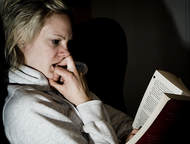
Select the best setting to enhance the mood of the character or to cause the character to react in a way that moves the story forward or builds the character.
SENSORY DETAILS SET THE MOOD
If you want to evoke the feelings of "creepy" or "scary" in a scene, you must understand the underlying psychological basis for fear and how that relates to place.
While people, particularly children, can be taught to fear, evolutionary psychologists suggest fear exists as a primal emotion, an agent detection mechanism or process that has evolved to protect us from predators, enemies, and other harmful situations. Human beings possess and use the five senses to detect exposure and danger. To write "scary", the writer must provide those sensory details and the character must use his senses and react to them.
WHAT MAKES A PLACE SCARY?
Jay Appleton, a British geographer, is credited as first to describe what makes a place attractive or frightening to humans. "The more prospect and refuge a place offers, the more attractive it is." [Frank T. McAndrew Ph.D.- Psychology Today]
In this context, prospect means a clear and unobstructed view of the landscape [what is around us]. Refuge is defined as a secure, protected place to hide; shelter from danger. "Places where you can see, but not be seen; eat, and not be eaten." Landscape architect Randolph Hester refers to it as a "Womb with a View."
Scary places will be exposed and potentially dangerous locations with little or no ability to see what is around us. Creepy or scary feelings come from anxiety stirred up by the ambiguity of whether or not there is something to fear and/or the ambiguity of the precise nature of the threat that might be present. The following can be used to create anxiety:
● Weather ● Darkness ● Time of Day
● Unusual lighting ● The unfamiliar ● The Otherworldly
● Things associated with:
Decay Death Abandonment
Asylum, Massachusetts
● Sense of something bad will happen but you don't know what
● Abandoned – lacking presence of other humans - lack of support system
● Things that violate the laws of nature as we understand them
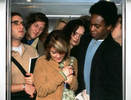
● Words and images that we have been trained to understand as representing danger
Regardless of culture or upbringing, the unknown always poses a threat because we don't know what to expect.
Another shared characteristic of "scary" is the blurred relationship with death and the body. "Humans are obsessed with death; we simply have a hard time wrapping our mind around what happens when we die." [Allegra Ringo Atlantic Monthly]
Anything that doesn’t make sense or causes us some sort of dissonance, whether it is cognitive or aesthetic, is going to be scary (axe-wielding animals, masked faces, contorted bodies). Although fear conditioning (connecting a neutral stimulus with a negative consequence) we can link pretty much anything to a fear response. Suspense involves creating anticipation that something bad will happen, but not knowing when it will occur or its precise nature.
WHY DO PEOPLE LIKE TO BE FRIGHTENED?
Not all people do, but we spend billions of dollars every year on movies, television, games, books, sports, and other experiences that trigger the fight-or-flight response which is in all of us, the thrill that comes with adrenaline, endorphins, and dopamine flooding through us.
However, for most people, in order to really enjoy this feeling, they need to know they are actually in a secure place and the danger is "imaginary".
If you want your characters and your readers to feel their skin crawling, to breathe heavily, and start at every sound, set the scene and its mood with those things which arouse anxiety.
Our minds do a great deal to promote creepy feelings based on our upbringing, experiences we've been exposed to, values, things we've heard, read or seen, things we have mental conceptions of as ugly, scary, terrifying, dangerous. These things take root in our imaginations and blow themselves into "what ifs?"
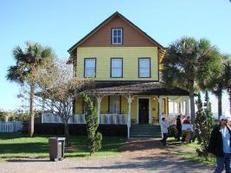
Photo: http://listverse.com/2010/07/07/10-most-terrifying-places-on-earth/]
"Say what?"
The exterior of this house doesn't look terrifying to me. Even knowing it was a mortuary where a hanging took place inside didn't make it scary. Words describing the house as seen in the photograph wouldn't have me on the edge of my chair.
I can't say the same for the following abandoned house in Namibia, Africa, filled inside with knee-deep sand, or the Island of Dolls outside Mexico City.
Those images trigger feelings of dread because they push buttons in our brains that evolved long before houses even existed. These alarm buttons warn us of potential danger and motivate us to proceed with caution. It isn't so much that anything there poses a clear threat, but because it is unclear whether they represent a threat or not. This ambivalence gives us that "frozen in place" feeling, making us ill at ease.
"Words are powerful, and you should take advantage of your word choice to manipulate how you want the reader to feel about a scene."
[Kaitlin Hillerich - http://inkandquills.com/2015/04/12/how-to-use-word-choice-to-set-the-mood-of-your-story/]
The following are photos of some other creepy places from http://foryourgadgets.com/bizarre/20-creepiest-abandoned-places/18/
Underwater city of Shicheng China Photo: NewYork Daily News Pripyat Amusement Park Mirny Diamond Mine,
Photo: China.org Reclaimed by Nature/Briana Jones Chernobyl, Ukraine Eastern Siberia, Russia
Photo:allthatsinteresting.com Photo: www.roleplaygateway.com/pripyat Photo: allthatsinteresting.com/mirny
Photo: desertedplaces.blogspot.com
Sources
http://inkandquills.com/2015/04/12/how-to-use-word-choice-to-set-the-mood-of-your-story/
http://www.ohio.edu/people/hartleyg/ref/fiction/setting.html
http://blog.tglong.com/2011/04/setting-and-atmosphere-part-1/
https://www.videomaker.com/article/c13/7980-light-source-in-the-mood-creating-mood-with-light
http://www.darcypattison.com/revision/4-ways-weather-affects-your-story/
http://www.everwell.com/wellness/wellness_weather/weather_moods.php
http://www.healthguidance.org/entry/15843/1/Effects-of-Weather-on-Human-Emotions.html
https://www.psychologytoday.com/blog/between-you-and-me/201301/sour-in-the-sun-3-unexpected-ways-weather-affects-your-mood
http://www.accuweather.com/en/weather-news/fall-weather-brings-risk-of-de/18331198
https://wilmingtonbookshelf.wordpress.com/tag/scary-books/
http://blog.bible/bible-blog/entry/6-scary-moments-in-the-bible
http://www.rebelcircus.com/blog/nightmare-fuel-mexicos-island-of-the-dolls/3/
http://allthatsinteresting.com/reclaimed-by-nature/2
http://desertedplaces.blogspot.com/2015/10/a-sunken-yaght-in-antarctica.html
http://allthatsinteresting.com/mirny-diamond-mine
Photo:https://www.roleplaygateway.com/roleplay/pripyat/places/pripyat-amusement-park
http://www.bbc.com/travel/story/20140711-chinas-atlantis-of-the-easthttp://www.bbc.com/travel/story/20140711-chinas-atlantis-of-the-east
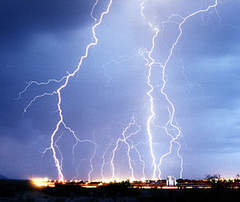
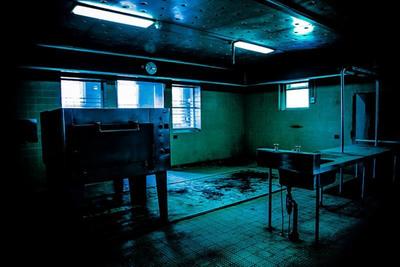
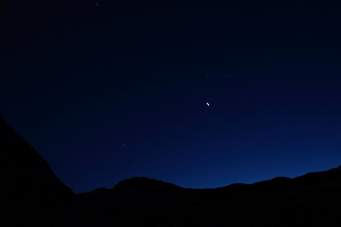
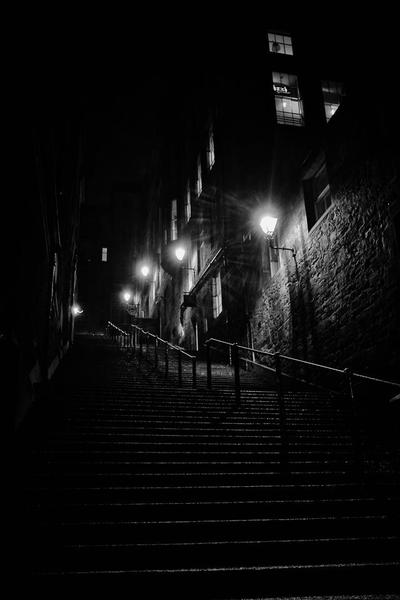
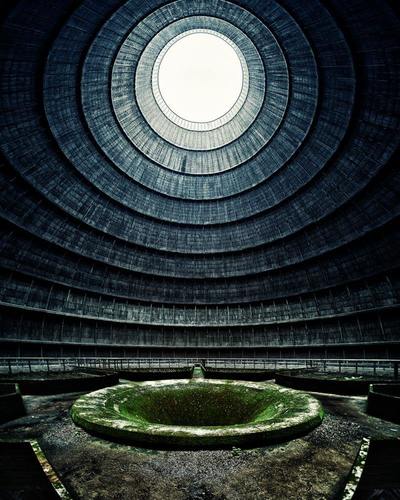
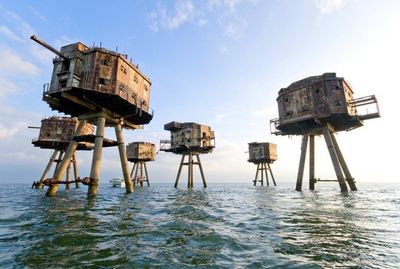
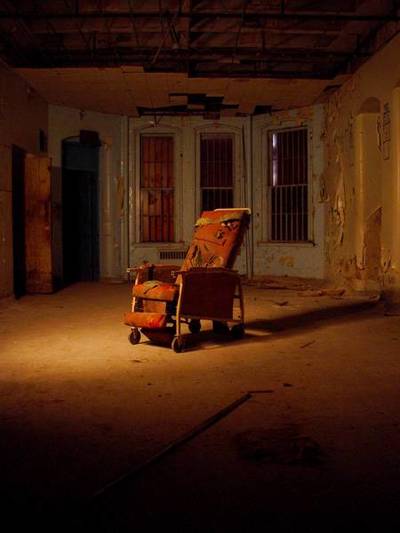
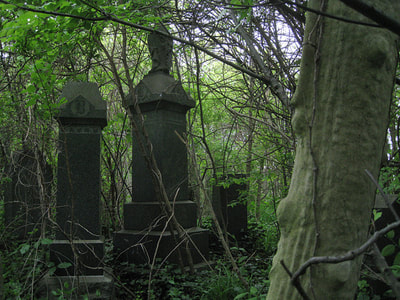
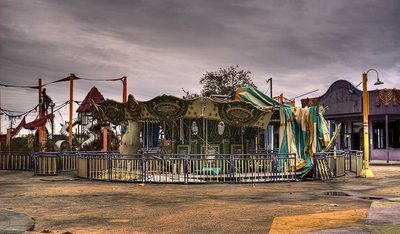
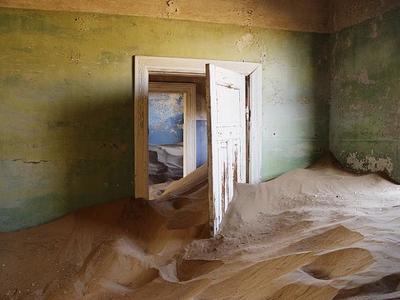

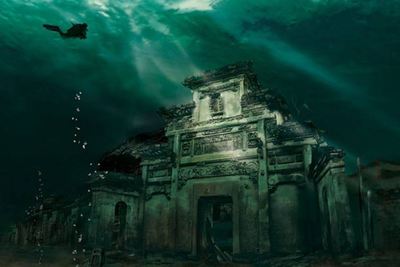

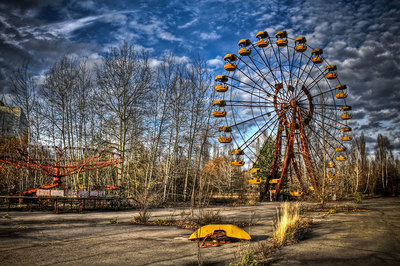
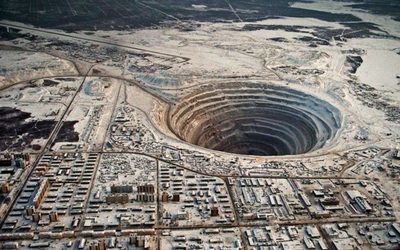
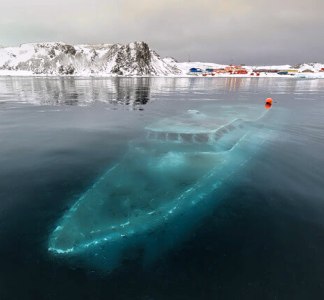
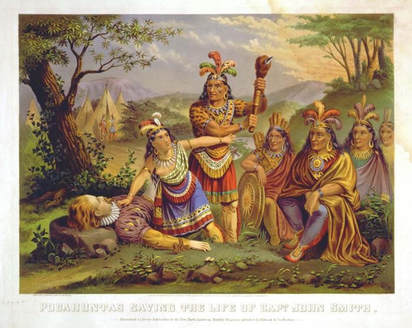
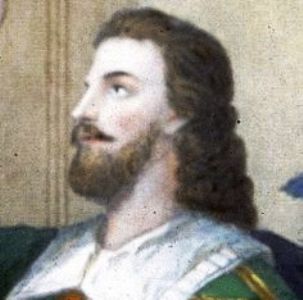

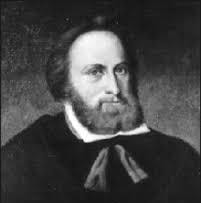

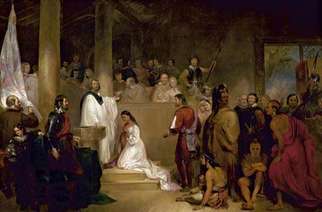
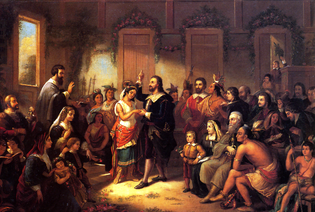
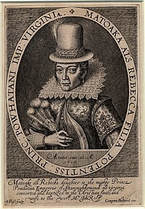
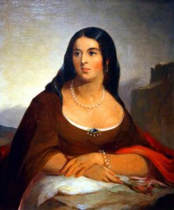
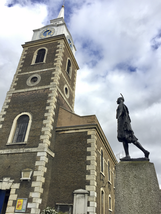

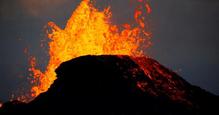
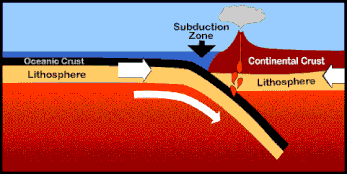
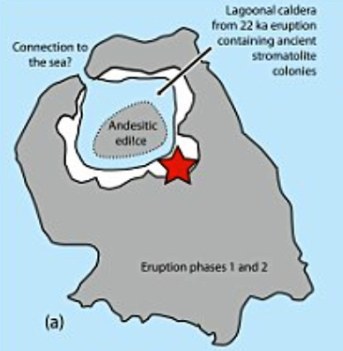
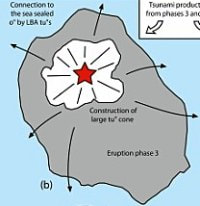
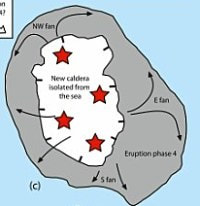
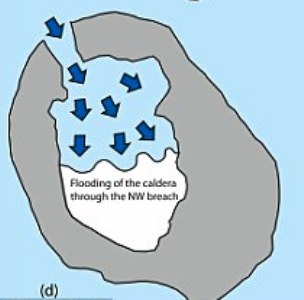
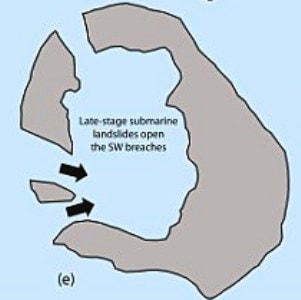
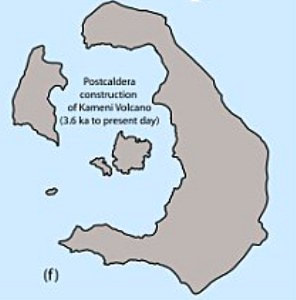
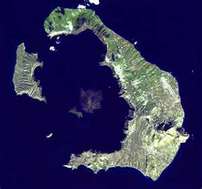
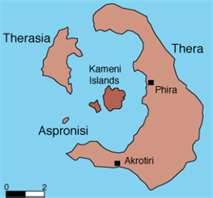
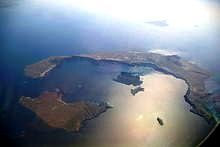

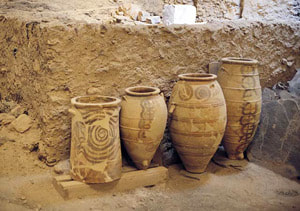
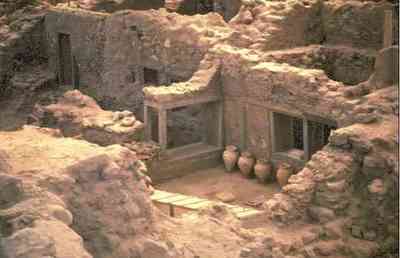
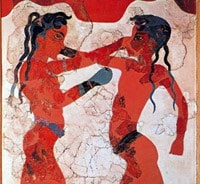
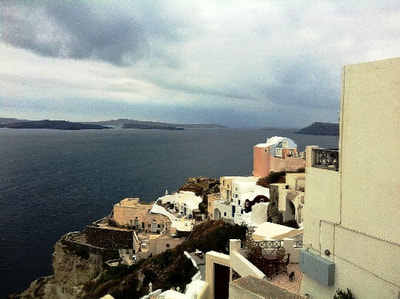
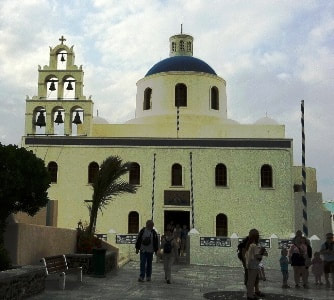



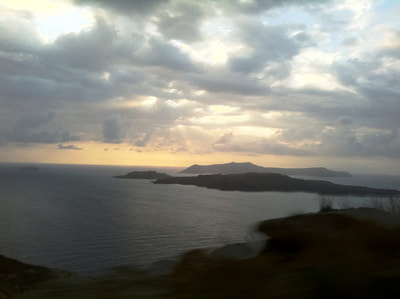
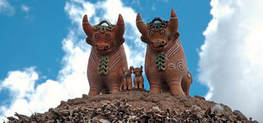

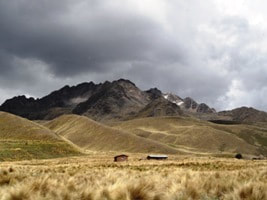
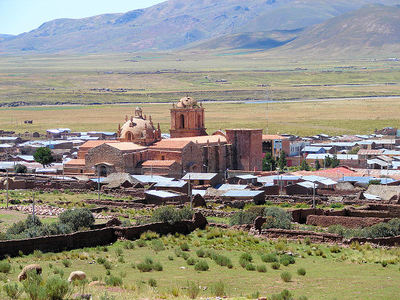
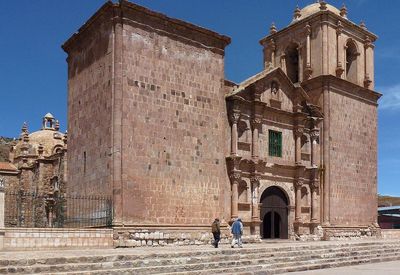
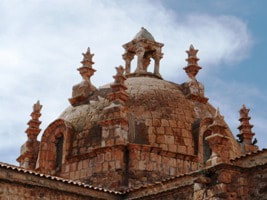
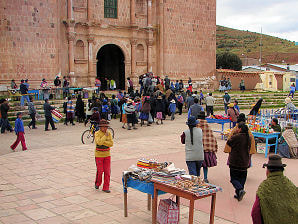
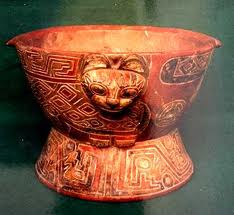
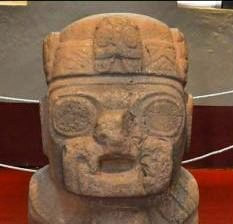
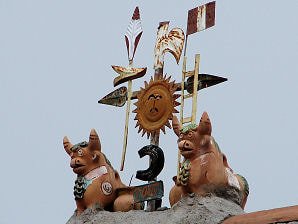
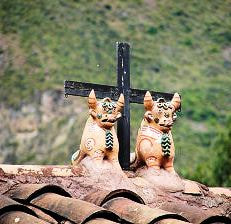
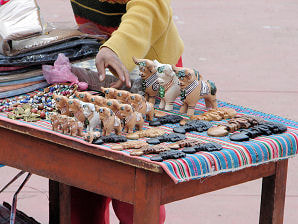
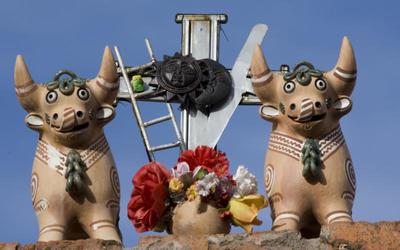

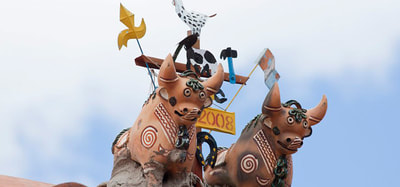

 RSS Feed
RSS Feed